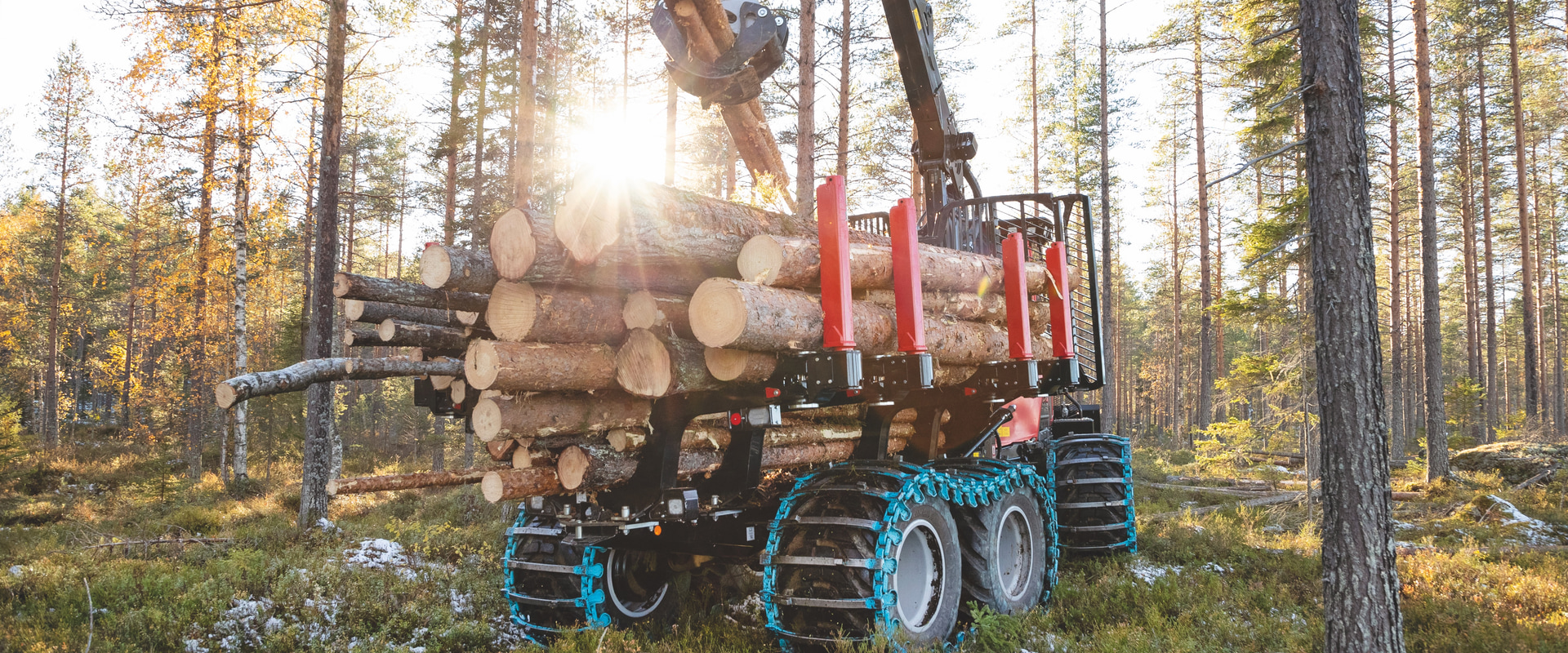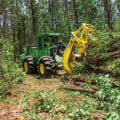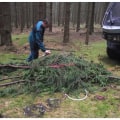Forestry equipment plays a crucial role in the logging industry, and one of the most important pieces of equipment is the forwarder. A forwarder is a specialized vehicle used to transport logs from the forest to the roadside landing. It is designed to operate on rough terrain, making it an essential tool for loggers. However, operating a forwarder on rough terrain can be challenging and dangerous if not done correctly. As an expert in forestry equipment, I have seen firsthand the importance of safely operating a forwarder on rough terrain.
In this article, I will share some tips on how to do so effectively.
The Importance of Safety
Before we dive into the specifics of operating a forwarder on rough terrain, it is crucial to understand why safety is essential. Logging is considered one of the most dangerous occupations in the United States, with an average of 55 fatalities per year. Rough terrain adds an extra layer of risk, making it even more critical to prioritize safety. Not only does prioritizing safety protect the operator and other workers, but it also ensures that the equipment is used efficiently and effectively. A safe work environment leads to increased productivity and reduced downtime due to accidents or injuries.Proper Training
The first step in safely operating a forwarder on rough terrain is proper training.It is essential to have a thorough understanding of the equipment and its capabilities before using it in the field. Operators should receive training from experienced individuals who can teach them how to operate the forwarder safely and efficiently. Training should cover topics such as how to navigate different types of terrain, how to load and unload logs properly, and how to perform routine maintenance on the equipment. It is also crucial to understand the safety features of the forwarder and how to use them effectively.
Inspect the Terrain
Before operating a forwarder on rough terrain, it is crucial to inspect the area thoroughly. Look for any potential hazards such as steep slopes, rocks, or fallen trees.It is also essential to check for any soft spots that could cause the forwarder to get stuck. If possible, walk the terrain before driving the forwarder on it. This will give you a better understanding of the terrain and any potential challenges you may face. It is also a good idea to have a map of the area and mark any potential hazards.
Choose the Right Forwarder
Not all forwarders are created equal, and it is essential to choose the right one for the job at hand. When operating on rough terrain, it is crucial to have a forwarder with excellent traction and stability.Look for models with wide tires and a low center of gravity. It is also essential to consider the size of the forwarder. A smaller forwarder may be more maneuverable on rough terrain, but it may not have the capacity to transport larger logs. On the other hand, a larger forwarder may be able to handle more significant loads but may not be as agile on rough terrain.
Use Proper Techniques
When operating a forwarder on rough terrain, it is crucial to use proper techniques to ensure safety and efficiency. One of the most important techniques is maintaining a low center of gravity.This means keeping the load as close to the ground as possible and avoiding steep inclines or declines. It is also essential to use caution when navigating through tight spaces or around obstacles. Take your time and use slow, deliberate movements to avoid any accidents. If possible, have a spotter on the ground to guide you through challenging areas.
Perform Regular Maintenance
Regular maintenance is crucial for any piece of equipment, but it is especially important for a forwarder operating on rough terrain. The constant wear and tear can take a toll on the equipment, so it is essential to perform routine maintenance to keep it in top working condition. Inspect the tires regularly and replace them when necessary.Check all fluid levels and top them off as needed. It is also crucial to inspect the brakes and other safety features regularly to ensure they are functioning correctly.







